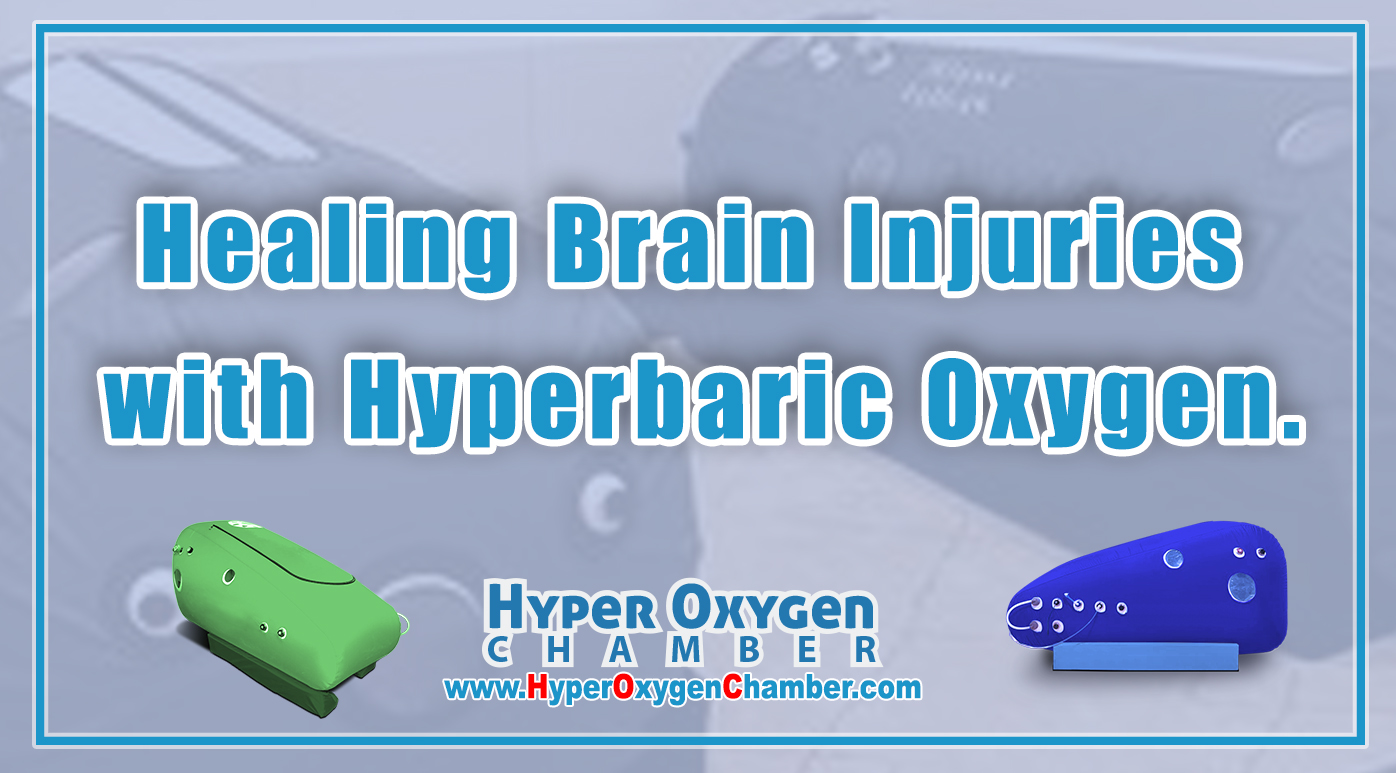
Suffering a brain injury can have a devastating impact on one’s life, affecting not only physical abilities but also cognitive and emotional functions. While traditional treatments like medication and therapy can help manage symptoms, the search for more effective and innovative solutions continues. One such promising therapy that has gained attention in recent years is hyperbaric oxygen therapy (HBOT). In this article, we will explore the potential of hyperbaric oxygen therapy in healing brain injuries and its implications for patients seeking alternative treatments.
Before delving into hyperbaric oxygen therapy, it is essential to understand the nature of brain injuries and their impact on individuals. Brain injuries can result from various causes, including traumatic events such as falls, car accidents, or sports-related injuries. These injuries can range from mild concussions to severe traumatic brain injuries (TBIs), leading to long-term disabilities and cognitive impairments.
This disruption in normal brain function can lead to a range of symptoms, including headaches, memory loss, mood swings, and motor deficits. Traditional treatments for brain injuries often focus on symptom management and rehabilitation to help patients regain lost functions gradually.
Hyperbaric oxygen therapy is based on the principle of delivering high concentrations of oxygen under increased atmospheric pressure. This approach aims to enhance the body’s oxygen supply, which plays a crucial role in cellular repair and regeneration. By breathing pure oxygen in a hyperbaric chamber, patients can experience higher oxygen levels in their blood, tissues, and organs, creating an environment that supports healing processes.
In the context of brain injuries, hyperbaric oxygen therapy has shown promise in mitigating the effects of trauma and promoting recovery. Research suggests that increased oxygen levels can help reduce inflammation, promote neuroplasticity, and stimulate the growth of new blood vessels in the brain. These mechanisms are crucial for repairing damaged brain tissue, restoring neural connections, and improving overall brain function.
Several studies have explored the efficacy of hyperbaric oxygen therapy in treating various types of brain injuries, including concussions, TBIs, and stroke-related injuries. While more research is needed to establish definitive conclusions, the existing evidence points to the potential benefits of HBOT in enhancing recovery and quality of life for patients.
A study published in the Journal of Neurotrauma found that patients who received hyperbaric oxygen therapy after a traumatic brain injury showed significant improvements in cognitive function, memory, and quality of life compared to those who received standard care alone. The researchers attributed these positive outcomes to the neuroprotective and anti-inflammatory effects of increased oxygen levels in the brain.
Furthermore, a meta-analysis published in the Journal of Clinical Neuroscience reviewed multiple trials investigating the use of hyperbaric oxygen therapy in chronic traumatic brain injury. The analysis concluded that HBOT was associated with improvements in cognitive function, physical abilities, and overall symptom severity in patients with long-standing brain injuries.
Hyperbaric oxygen therapy offers several advantages over traditional treatments for brain injuries, making it an attractive option for patients seeking alternative therapeutic approaches. Some of the key benefits of HBOT include:
While hyperbaric oxygen therapy shows promise as a therapeutic intervention for brain injuries, it is essential to consider certain limitations and factors before pursuing this treatment option. Some key considerations include:
Hyperbaric oxygen therapy offers a promising avenue for healing brain injuries and improving outcomes for patients with various neurological conditions. By harnessing the therapeutic benefits of increased oxygen levels, HBOT can support the brain’s natural healing processes, reduce inflammation, and enhance neuroplasticity.
As the field of regenerative medicine continues to advance, hyperbaric oxygen therapy stands out as a non-invasive and potentially transformative approach to promoting brain health and recovery. By exploring the synergies between oxygen delivery and neural repair, researchers and clinicians can unlock new possibilities for enhancing the quality of life and functional outcomes of individuals with brain injuries. With ongoing innovation and collaboration in this field, the future of hyperbaric oxygen therapy as a therapeutic modality for brain injuries looks promising, offering hope and healing to those in need.